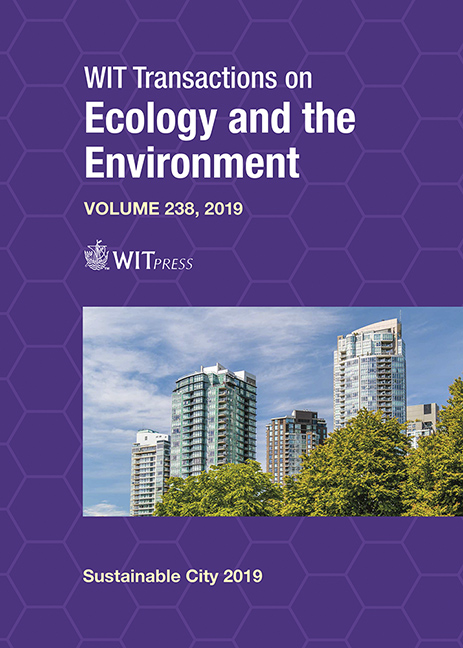EXAMINATION OF THE 15-MINUTE LIFE CYCLE PROGRAM OF A CHINESE MEGA CITY: CASE STUDY OF GUANGZHOU
Price
Free (open access)
Transaction
Volume
238
Pages
10
Page Range
97 - 106
Published
2019
Paper DOI
10.2495/SC190091
Copyright
WIT Press
Author(s)
DAILIN ZHOU
Abstract
This paper empirically explores the configuration of community public facilities under the 15-minute life cycle program in Guangzhou, which requires community public facilities to be laid out within the 15-minute walking distance. By examining 12 communities with differentiated geographical and demographic features, the paper argues that although the fulfillment rate is acceptable, several problems remain. The 15-minute life cycle program requirement is uniformly imposed, it ignores the demographic structure differences among communities. The needs of seniors and other vulnerable parties are often neglected. Also, for those rural communities with low population density, the uniform configuration requirement leads to the unsustainable operation of the public facilities. Besides that, with the increasing living standards in Guangzhou, like most Chinese cities, new types of public facilities are gaining substantial demand in communities. Those types of public facilities are yet to be included in the program. As such, the 15-minute life cycle program enhances the city’s community public facilities provision, but certain optimization strategies should be applied to improve the policy design.
Keywords
15-minute life cycle program, mega city, configuration of public facilities





